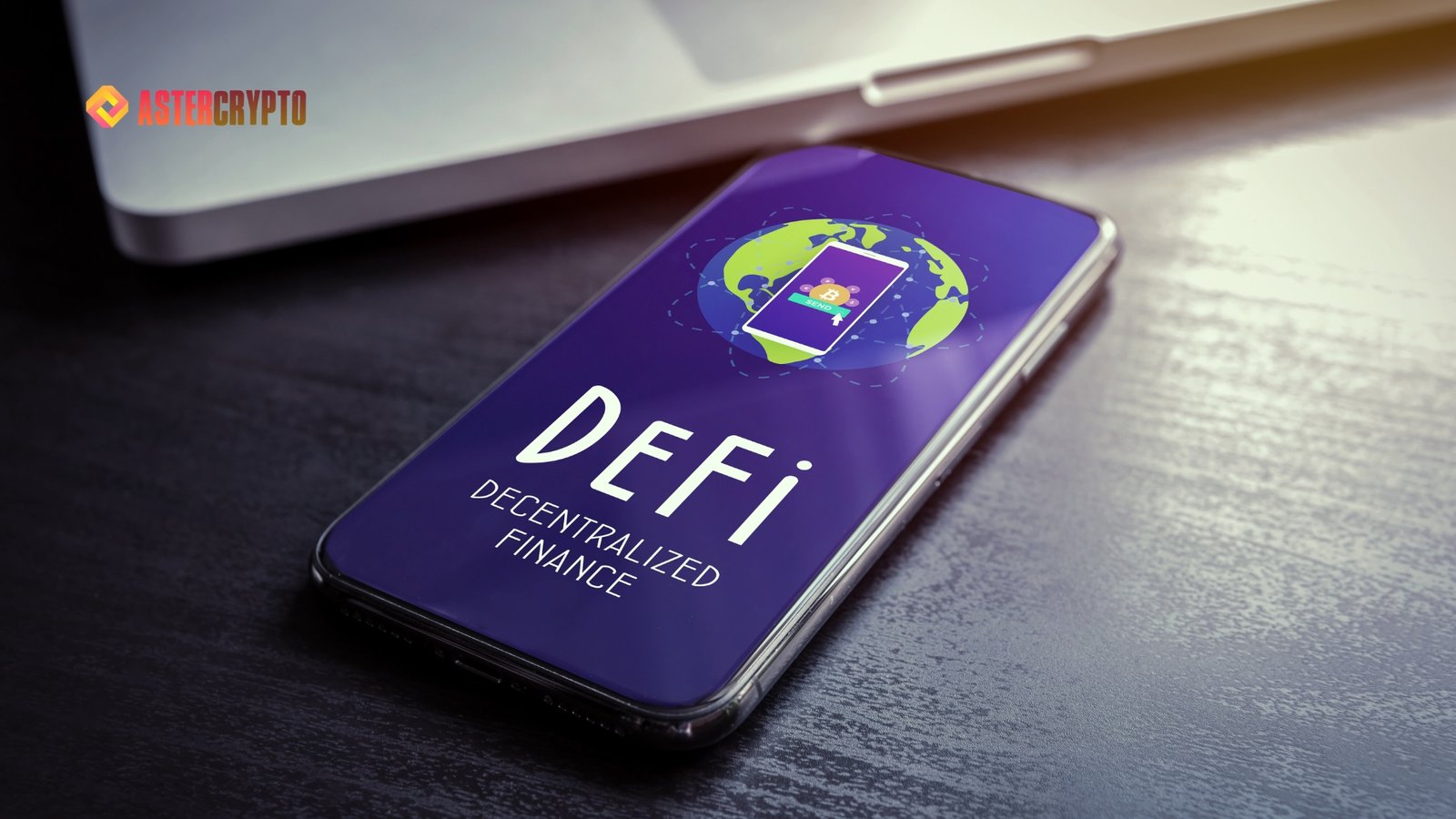Bitcoin Investment Format: The original cryptocurrency, Bitcoin, is still alive and well in online finance, both as an asset and a cultural phenomenon. Since its launch in 2009, Bitcoin has gone from being a widespread interest among tech enthusiasts to a widely used financial tool that draws in a diverse group of investors, from small retail traders to major institutional investors. Bitcoin investment formats and strategies have evolved during 2024, providing more participation opportunities. In this in-depth essay, learn about the newest Bitcoin investment types, the associated risks, and how to maximize your earnings.
As a store of value, Bitcoin has become known as “digital gold,” drawing comparisons to more conventional commodities such as real estate or gold. Bitcoin differs from traditional investments because of its high return potential, risk profile, and volatility. Thanks to the spike in demand, multiple formats have emerged to provide investors with access to Bitcoin. The new decentralized finance (DeFi) platforms, exchange-traded funds (ETFs), derivatives, and direct purchases fall within this category.
Direct Purchase: Traditional method
Direct purchase is the simplest method of investing in Bitcoin. You’ll use a cryptocurrency exchange such as Binance, Coinbase, or Kraken to purchase Bitcoin. Once acquired, digital wallets can be either “hot” (always online) or “cold” (stored offline for extra protection).
The allure of a direct purchase is the immediate transfer of ownership. Bitcoin can be stored in wallets, spent, or left as an investment for the future. However, this method has security concerns, such as the possibility of hacking or losing access to one’s wallet, and it does take some technical knowledge.
Bitcoin ETFs: Bridging Traditional Finance

The popularity of Bitcoin Exchange-Traded Funds (ETFs) has skyrocketed in 2024, serving as a link between the worlds of conventional finance and cryptocurrencies. Investors can obtain exposure to Bitcoin through exchange-traded funds (ETFs) instead of buying the cryptocurrency itself. Alternatively, individuals can put their money into a fund that follows the value of Bitcoin, which is traded on regular stock markets.
For those hesitant to take the plunge into direct Bitcoin ownership due to the inherent hazards, exchange-traded funds (ETFs) provide a safer alternative with streamlined access for institutional investors and regulatory monitoring. Furthermore, exchange-traded funds (ETFs) appeal to long-term investors because they can be held in accounts offering tax advantages. However, unlike holding Bitcoin directly, they incur administration costs and don’t provide the same potential return.
Derivatives: For the Sophisticated Investor
Bitcoin derivatives, like futures and options, provide an additional investing vehicle for individuals willing to take on a higher level of risk. Investors can speculate on Bitcoin’s future price using these financial products, even if they don’t hold any Bitcoin. While options grant investors the right to purchase or sell Bitcoin at a price and date, futures contracts bind them to that price and date.
Because of the enormous return potential and ability to hedge against price volatility, Bitcoin derivatives are popular among institutional players and skilled investors. Nevertheless, these instruments are intricate and carry substantial dangers, such as the potential to lose more than the initial investment.
Defi: The New Frontier
There has been a dramatic shift in the cryptocurrency industry toward decentralized finance (DeFi), and Bitcoin is finding more and more ways to participate. Investors can lend their Bitcoin, earn interest on their holdings, or even against their Bitcoin on DeFi sites. Smart contracts, which are agreements encoded into code and designed to execute themselves, are used for this purpose.

Yield farming is a common DeFi investment strategy involving users locking up their Bitcoin on a DeFi platform in return for incentives, frequently other cryptocurrencies. There is a lot of risk involved with DeFi, including smart contract vulnerabilities, regulatory uncertainty, and market volatility, but there is also a lot of potential reward.
Fractional Ownership: Lowering Entry Barrier
An additional innovation in Bitcoin investment formats is fractional ownership, which enables buyers to acquire a portion of a Bitcoin instead of the total currency. The high price of Bitcoin makes it inaccessible to many, while fractional ownership makes it more affordable. You may buy Bitcoin with as little as one dollar on platforms like Cash App and Robinhood, which support fractional Bitcoin purchases.
This structure is perfect for individuals looking to get their feet wet in the Bitcoin market without putting down a hefty sum. It’s also great for novice investors. Nevertheless, the expenses associated with fractional ownership tend to be higher than the investment amount, which can potentially reduce profits.
Institutional Adoption: Scale Power
In 2024, big financial institutions, hedge funds, and publicly listed firms were adding Bitcoin to their portfolios, showing that institutional adoption of the cryptocurrency was on the rise. As a result of this development, specialized investment vehicles like Bitcoin trusts and institutional-grade custodial solutions have emerged.
Institutional investors require formats that are scalable, secure, and compliant with regulations. At the same time, institutional investment increases market liquidity and stabilizes Bitcoin’s price. It also raises the possibility of more linkage between Bitcoin and more conventional financial markets.
Risk Management and Diversification
Bitcoin has excellent profit potential, but investors must be careful with their money. Investors should consider diversifying their holdings across several types rather than investing all of their money in Bitcoin. Important risk-management methods include keeping abreast of market developments, establishing stop-loss orders, and reviewing investment plans regularly.
Read More: Bitcoin Investment Formats Explained Strategies for Success
The Future of Bitcoin Investment Formats
Bitcoin investment format will change in tandem with the cryptocurrency market. Tokenized Bitcoin, which makes Bitcoin tradable on other blockchains, and Bitcoin’s further integration into conventional financial systems are two innovations that will undoubtedly provide investors with new possibilities and threats.
Final Thoughts
Since its start, Bitcoin’s investment formats have expanded greatly. You can get your hands on this groundbreaking digital asset through various methods, including direct purchase, exchange-traded funds (ETFs), derivatives, decentralized financing (DeFi), or fractional ownership. Investors should constantly consider their risk tolerance, investing objectives, and the ever-shifting market dynamics. When deciding on the optimal format for their Bitcoin investments.

